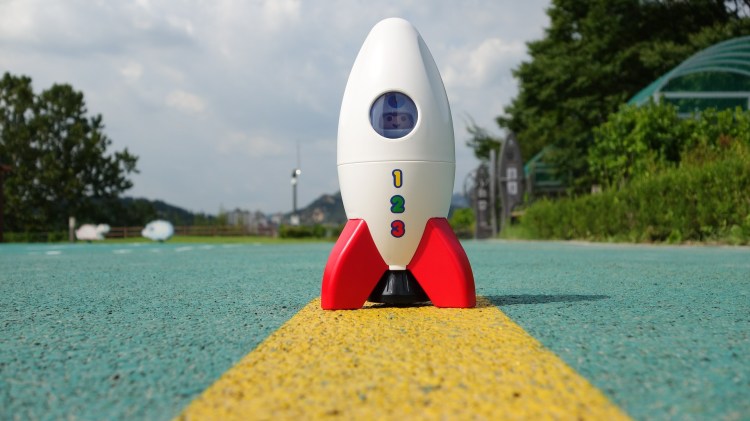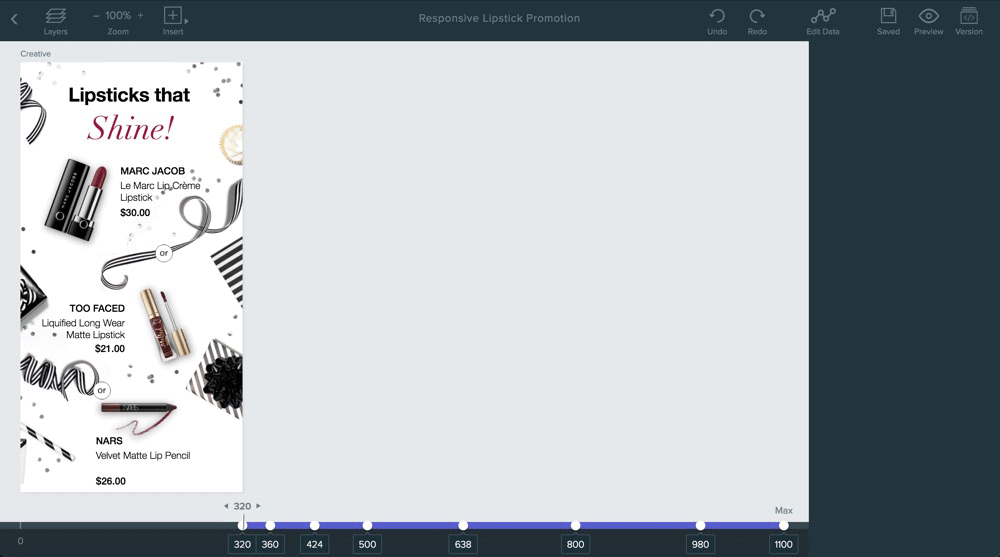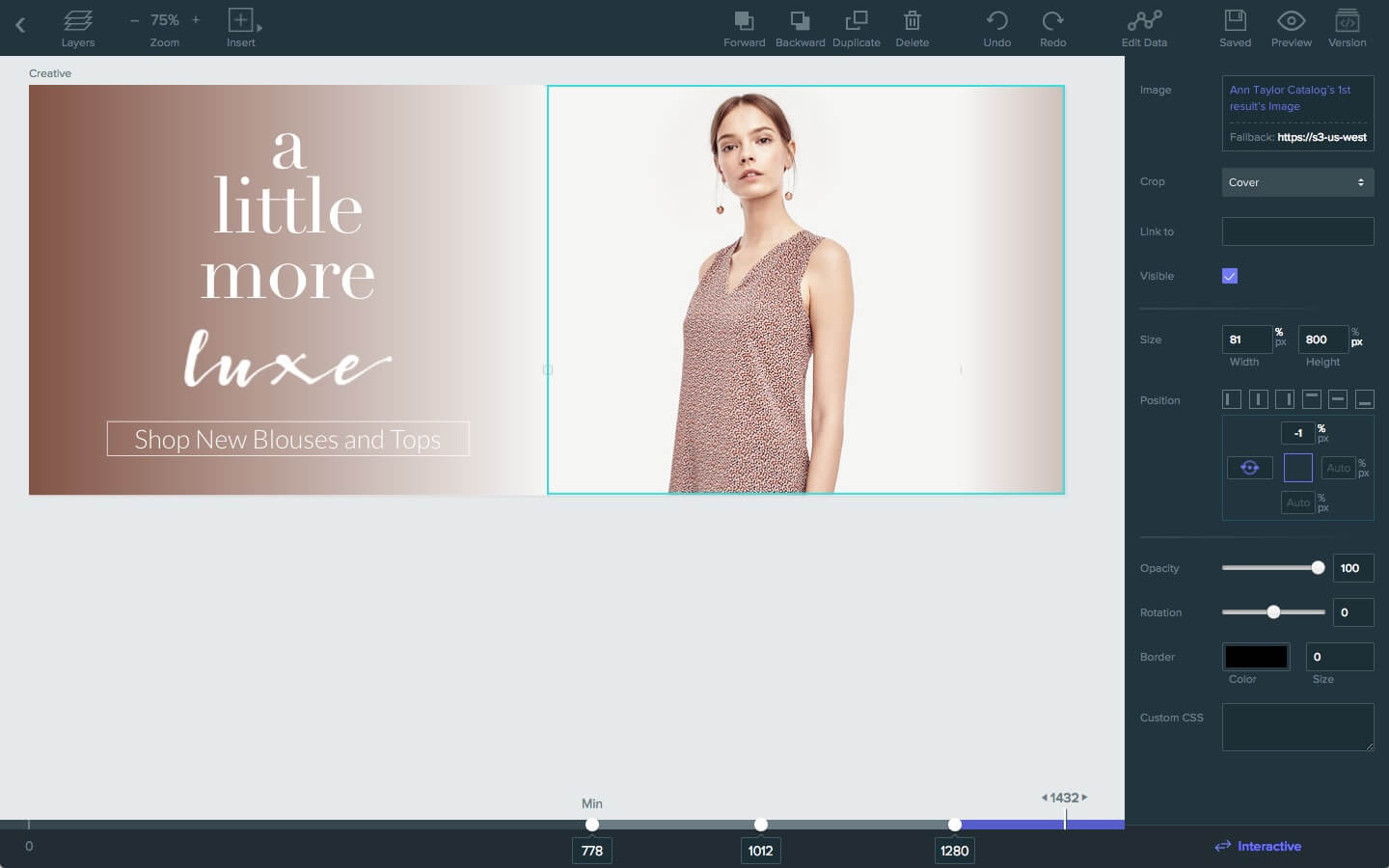You want to make more money from your website. Where do you start? Are the graphics right? How about the copy? Have you optimized the content for every size of screen?
Once you start to understand the gravity of the problem you realize that to maximize your conversion rates, you’re staring into an iterative testing void that could last for months and cost a small fortune. Sure, conversion optimization tools offer great returns and are cost-effective, but producing new designs and testing new elements requires time and money.
Enter artificial intelligence and a new AI-powered design solution that promises to solve this exact issue.
Likelihood — which launches today — has kept its Intelligent Creative platform hidden away in a six-month beta program and appears to be quite remarkable. Right out of the gate, it takes only moments to implement Likelihood and get it working for you.
June 5th: The AI Audit in NYC
Join us next week in NYC to engage with top executive leaders, delving into strategies for auditing AI models to ensure fairness, optimal performance, and ethical compliance across diverse organizations. Secure your attendance for this exclusive invite-only event.
“Implementing Likelihood is straightforward and low-touch for marketers — engineering/development doesn’t need to do anything,” Rob Seaman, the company’s CEO, told me. “Likelihood ingests data via existing tag management systems, and marketers can publish creatives from Likelihood via their CMS or A/B testing tool. Likelihood then serves creatives in real time on a per-customer basis.”
Even the most sophisticated ecommerce sites have issues right now when it comes to content production, delivery, optimization, testing, and being fit for every screen. Most sites are a combination of curated editorial content and occasional forays into machine learning or AI via the ubiquitous “recommended products” section. But Likelihood takes a different approach entirely.
I’ve seen it in action, and the first thing you’ll notice is how design-oriented it is. In Likelihood, you build content using a drag-and-drop designer, but this is not a static content creator. Far from it.
After combining images, different sets of copy, fonts, interactive elements, and more, Likelihood then creates hundreds, thousands — even millions of creative combinations for use on your website in seconds.
Likelihood uses AI to predict consumer intent and provide — in real time — the content it thinks will resonate best with that customer. It produces content that is the right size for the screen being used so that a mobile experience is as engaging for the visitor as it is on the desktop or a smart TV. It adds or removes interactive elements based on resolution and device. And it keeps everything on-brand.
In one demonstration of Likelihood’s capabilities, I saw it create over four million creative options in a few seconds, combining elements to produce highly engaging content destined to populate the website for a furniture and home improvement store.
What has the team learned about how consumers interact with content during the beta phase?
“The most important thing we learned was how direct the influence of creative design is on consumer engagement,” Garrett Wu, CTO at Likelihood, told me. “Increased consumer engagement (click-through rate, conversion rate, revenue per visit) comes from a combination of visual appeal, relevance, and interactivity. Today, consumers see beautiful but irrelevant creatives or relevant but ugly product recommendation trays. The magic happens (dramatic increases in consumer engagement) when retailers deliver creative content that is both visually appealing AND relevant at the same time. Add interactivity, and engagement just explodes.”
As AI and machine learning continue to permeate the marketing technology landscape, they are starting to help marketers get away from being technologists and return to using their creativity. Likelihood’s focus on providing a design-centric interface is a testament to this shift — the AI is hidden behind the scenes and gets to work once the creative elements are in place.
How does Seaman see the future of AI in marketing playing out?
“It is not creative design teams ceding control to machines,” Seaman said. “It is marketers and design teams designing with the ability of machines and algorithms as a partner in mind. The technology is nascent in this area, and we’re still in the trust-building phase with professionals that have long manually produced this stuff. Once the trust threshold is crossed on more traditional channels, like web and mobile, there’s a big opportunity to create value in the chattier channels like email, messaging, and rich notifications, which are largely text and static image-based.”
It means that AI can look after the high-waste, menial tasks that used to sap the marketer’s and designer’s day and help them focus instead on what they do best.
“Longer term, you can absolutely see a world where AI becomes even more deeply embedded in the creative workflow, moving forward from last-mile decisions and production automation to helping with early stage concept creation and comp design,” Seaman said.
Likelihood Intelligent Creative is now generally available, with free short-term trials on offer through March 31st.



